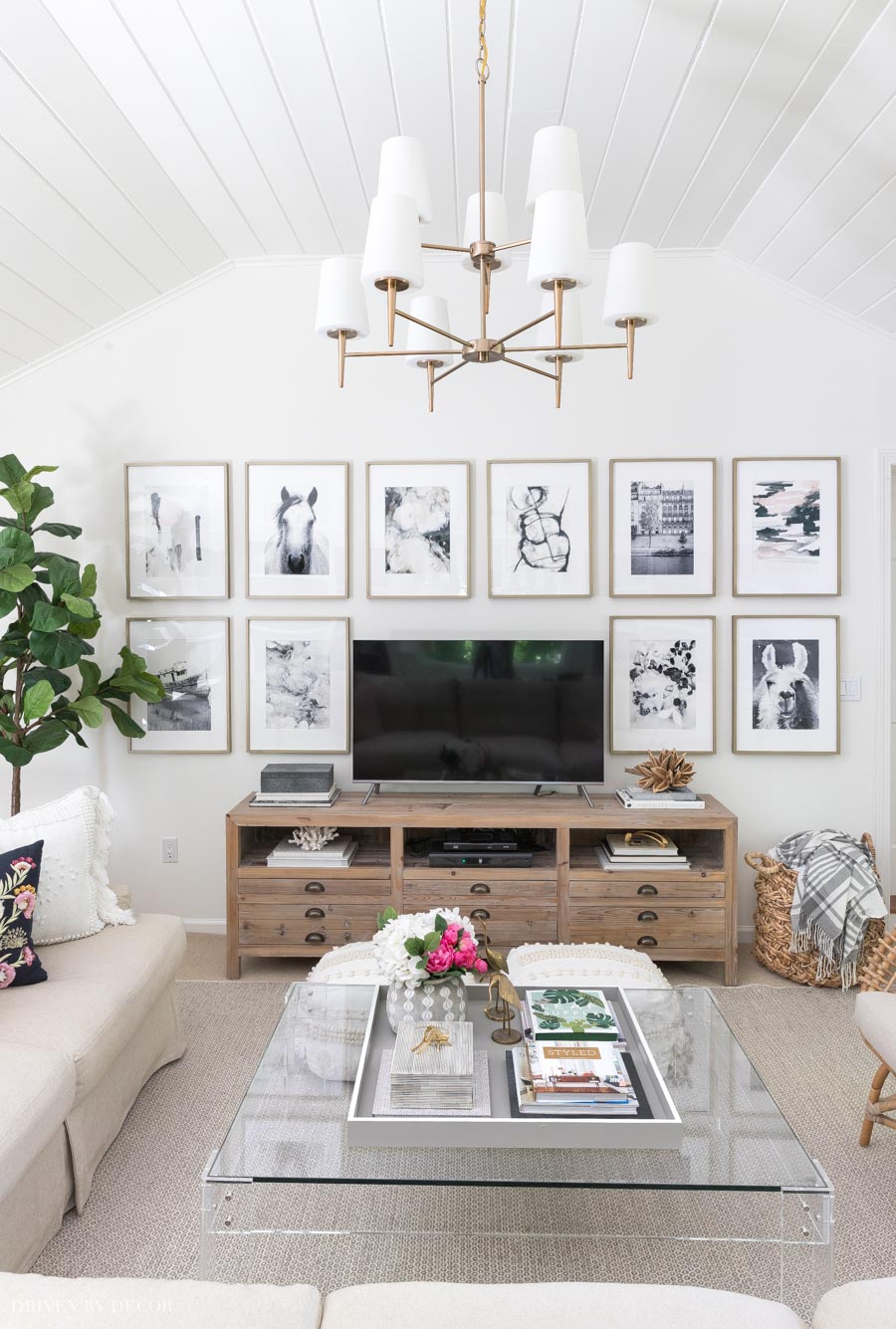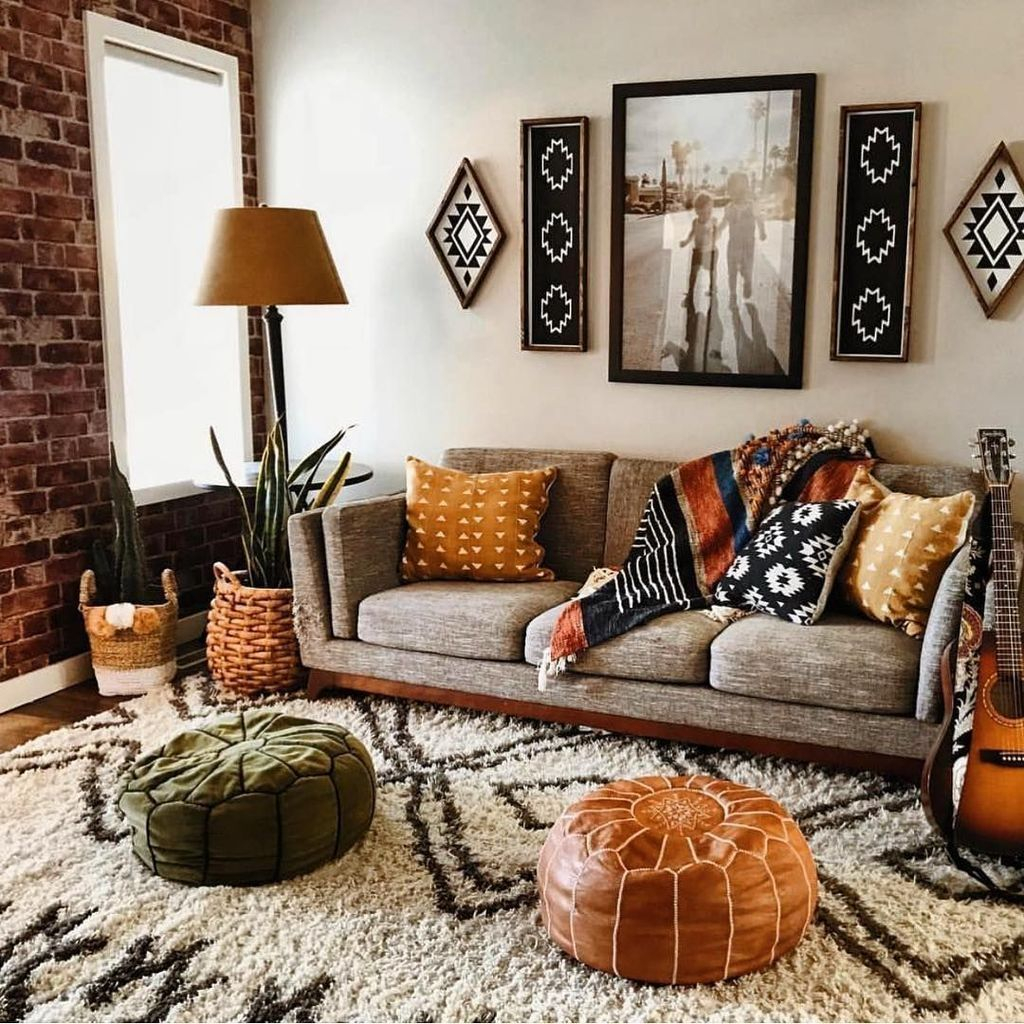

If structured grids and galleries aren’t for you, create a more informal look with a mix of painted watercolours or oil-painted pieces displayed in vintage picture frames. Create a living room gallery wallĪrtwork is always a winner when it comes to filling wall space. This works especially well on walls at the far end of rectangular living spaces.’ 12. ‘But, conversely, very rich blues, dark greys and fathomless greens have an almost bottomless depth that our eyes find hard to focus on – and thus create a sense of a wall being further away than it actually is. ‘Dark colours might instinctively be colours to avoid if you are looking to create a feeling of space, as people fear making their room look smaller,’ says Ruth.

Make your own art with a length or two of metallic wallpaper on a large panel, an easy way of introducing a touch of pattern without a full-on look. Dark colours on walls can create a receding effect so that walls seem further away, visually enlarging the space.ĭark living room walls also make a great foil for rich colours, plush textures and metallic finishes, so bring in lots of sparkle and shine on accent furniture, soft furnishings and wall art. (Image credit: Future PLC/Simon Whitmore)ĭon’t shy away from using darker paint colours in a small living room. Our Colour Scales collection offers 48 sophisticated neutrals, each organised into 12 families, making it easy to achieve a harmonious look when combined.’ 9. ‘Continue the same colour across doors, door frames and cornices to further create an uninterrupted feel to a room.

‘Painting walls and woodwork in the same colour, or slight tonal variations of the same hue, creates a monochromatic scheme that seamlessly stretches the look of the walls from the floor and ceiling,’ says Ruth Mottershead, Creative Director at Little Greene. While more traditional to paint skirtings and woodwork in standard white, this creates a harsh break that jars the eye visually, while continuous colour helps blur the lines and will also save cutting-in time when painting. Warmer tones feel enveloping and rich and are ideal for living spaces where we want to relax and cocoon ourselves away. Plan in storage, and limit what’s kept there to daily essentials.Create a calm and cosy living room scheme by painting walls and woodwork to match in a dark, dusky shade. If it’s crowded with outerwear, achieving a bright and airy feel is out of the question. Make sure the entryway is clear of clutter, too. Lamps should supplement ceiling lighting and if there isn’t space for a surface on which to set a table lamp, think about installing wall lighting. If paint is your preference, glossier finishes are more reflective and are a practical choice for a busy area.Ĭonsider the lighting, too. Pale paint colors are a go-to to reflect the light but you might alternatively choose a wallpaper with a pale ground. To make a foyer brighter, first think decor. 'Similarly, do try and add a floor or table lamp, especially when you are entertaining.' How do I make my foyer brighter? 'I also love putting mirrors in entryways because they can tend to feel quite dark, she says. We nearly always add a tray so you can lay your things out ready to go.' If there's space, I think doing a seat or a bench that incorporates hallway shoe storage is great. 'Things like where coats, shoes and keys are going to go. 'You do need to consider the practical elements, then design around them so you don''t detract from the beauty,' says interior designer Charu Gandhi. ‘Creating beautiful interior architecture is about striking the right balance of elements: if a room has a mass of original features, we’ll tend to add less to it,’ explains Tom Cox of HÁM Interiors. Add strong patterns to make an entryway look bigger.


 0 kommentar(er)
0 kommentar(er)
